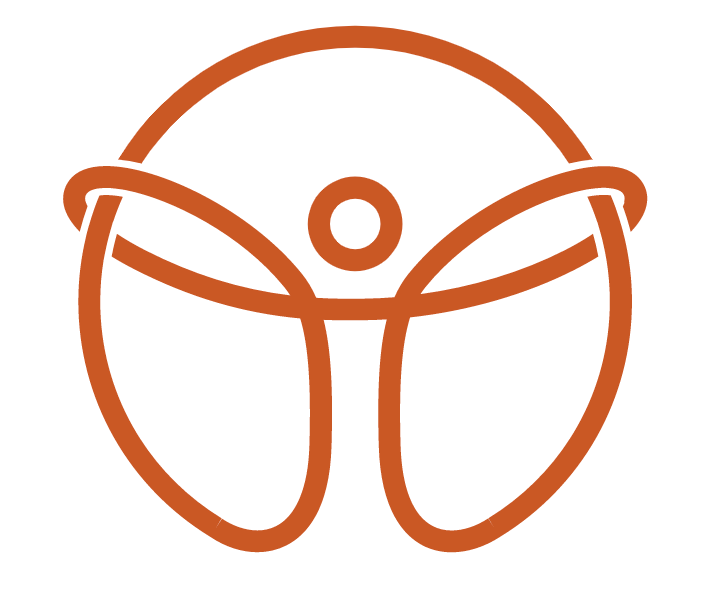Managing Different Levels of Ankle Sprains: An Evidence-Based Approach at MVMT STL
Ankle sprains are a common injury that can range in severity from mild discomfort to complete ligament tears. At MVMT STL, we specialize in evidence-based chiropractic and rehabilitation treatments to ensure our patients receive the best care for their specific condition. Understanding the levels of ankle sprains—Grade 1, Grade 2, and Grade 3—is crucial for appropriate management and recovery.
Grade 1 Ankle Sprains
Diagnosis and Symptoms: A Grade 1 sprain is the mildest form, characterized by slight stretching and microscopic tears of the ligament fibers. Symptoms include mild pain, swelling, and stiffness, but the patient can still bear weight on the affected ankle.
Treatment at MVMT STL
Rest and Protection: Initially, rest the ankle and protect it with a brace or wrap to prevent further injury.
Adjustments and Manual Therapy: Gentle chiropractic adjustments can help mobilize the ankle joint, promoting optimal healing. Manual therapy techniques, such as soft tissue mobilization, can reduce swelling and improve circulation.
Rehabilitation Exercises: As pain allows, we introduce rehabilitation exercises to improve range of motion, strength, and balance. These might include ankle circles, calf stretches, and resistance band exercises.
Education: Our team educates patients on proper techniques to prevent re-injury, including safe movement patterns and appropriate footwear choices.
Grade 2 Ankle Sprains
Diagnosis and Symptoms: Grade 2 sprains involve partial tearing of the ligament, leading to moderate pain, swelling, and bruising. The patient may experience difficulty bearing weight and instability in the ankle.
Treatment at MVMT STL
Immobilization and Support: In the early treatment stages we recommend a more supportive brace or splint to immobilize the ankle and allow for proper healing.
Manual Therapy and Adjustments: More intensive manual therapy may be required to address tissue damage and reduce swelling. Chiropractic adjustments help in maintaining joint motion and function.
Advanced Rehabilitation: Rehabilitation for Grade 2 sprains includes more targeted strength and proprioception exercises. We may use balance boards, single-leg stands, and progressive resistance training to enhance stability and strength.
Gait Analysis: Analyzing the patient's gait helps identify any compensatory patterns that may hinder recovery. Correcting these patterns is essential for a full return to activity.
Patient Education: We emphasize the importance of gradual return to activities and educate on the signs of overuse or re-injury. Patients are also informed about long-term strategies for ankle health.
Grade 3 Ankle Sprains
Diagnosis and Symptoms: A Grade 3 sprain is a complete tear of the ligament, resulting in severe pain, significant swelling, and a marked inability to bear weight. The ankle is usually highly unstable.
Treatment at MVMT STL: While Grade 3 sprains often require more invasive interventions such as surgical repair, our role in the recovery process remains critical.
Pre- and Post-Surgery Care: Before surgery, we provide support to manage pain and prepare the ankle for surgery. Post-surgery, our focus shifts to rehabilitation, helping restore function through a structured, progressive program.
Rehabilitation and Adjustments: Post-operative care includes manual therapy to reduce scar tissue and improve mobility. Chiropractic adjustments ensure the surrounding joints and spine are functioning optimally, supporting overall recovery.
Comprehensive Rehab Programs: These programs are more extensive, involving advanced exercises and modalities like ultrasound or electrical stimulation to aid healing.
Long-term Support and Education: We provide ongoing education and support, helping patients navigate their recovery journey and prevent future injuries.
At MVMT STL, we are committed to an evidence-based, patient-centered approach in managing ankle sprains. Whether it’s a Grade 1, Grade 2, or more severe Grade 3 sprain, our comprehensive treatment plans, focused on adjustments, rehabilitation, manual therapy, and patient education, ensure optimal recovery and a return to full function. We believe in empowering our patients with the knowledge and tools they need for long-term ankle health and overall well-being.
